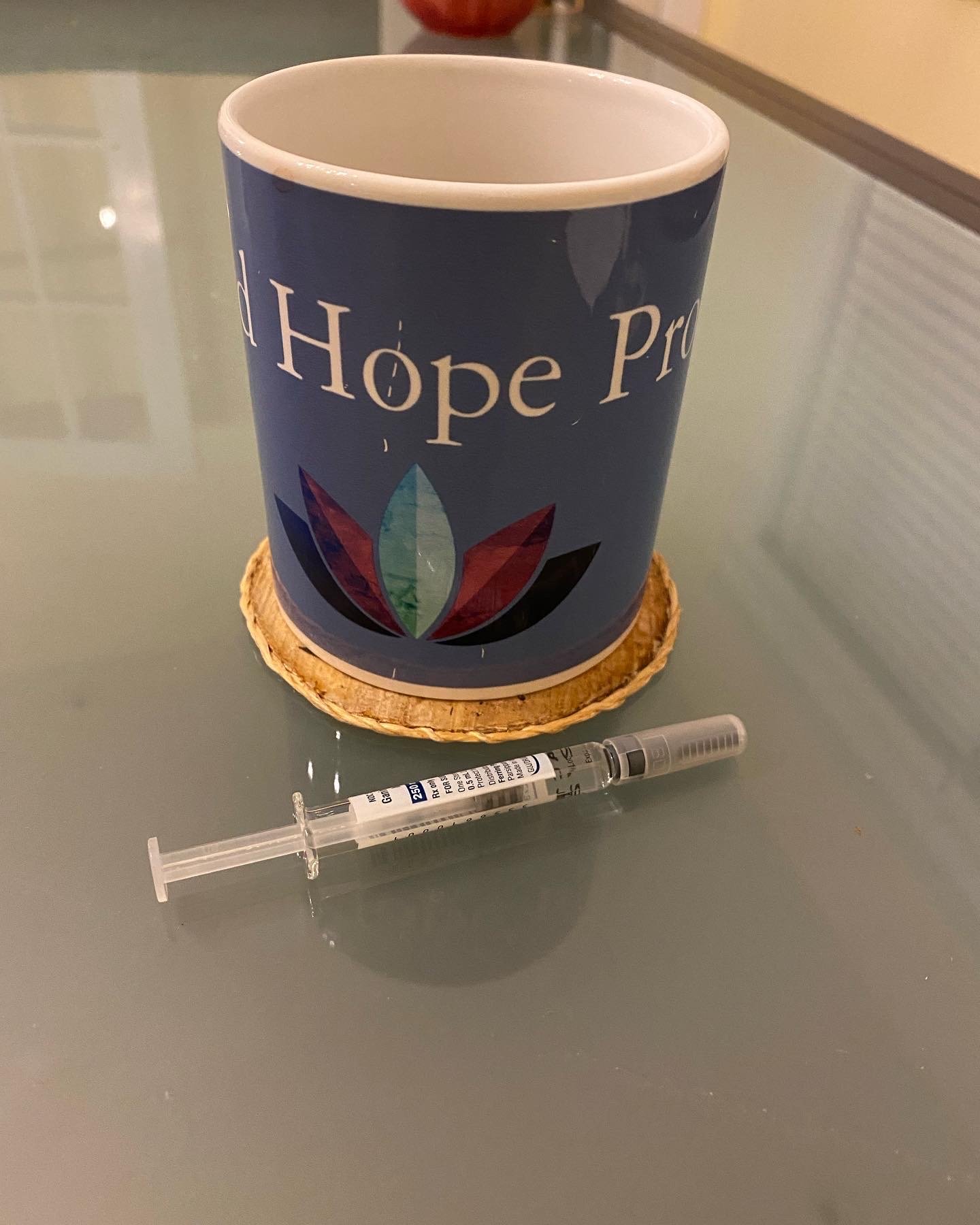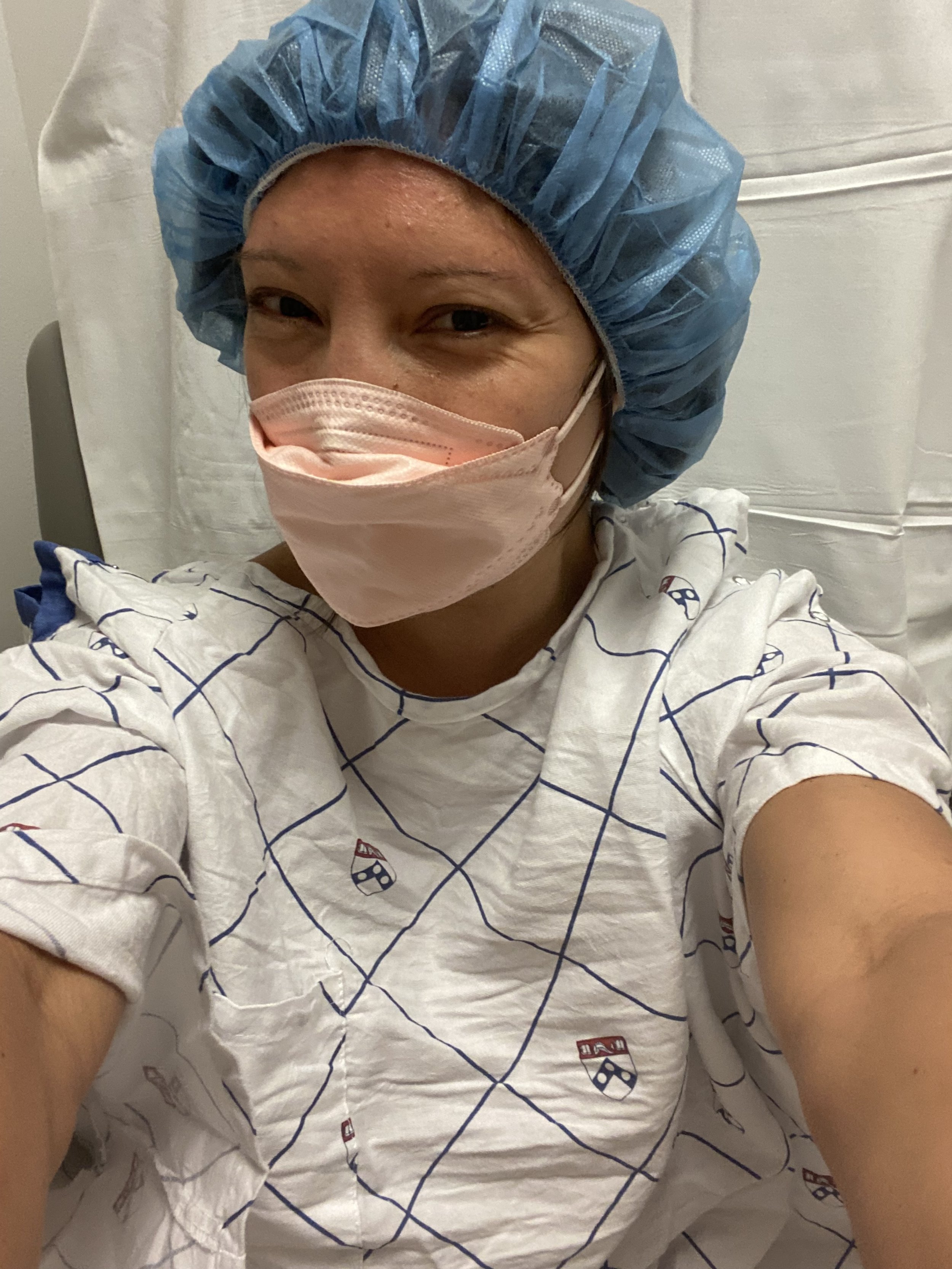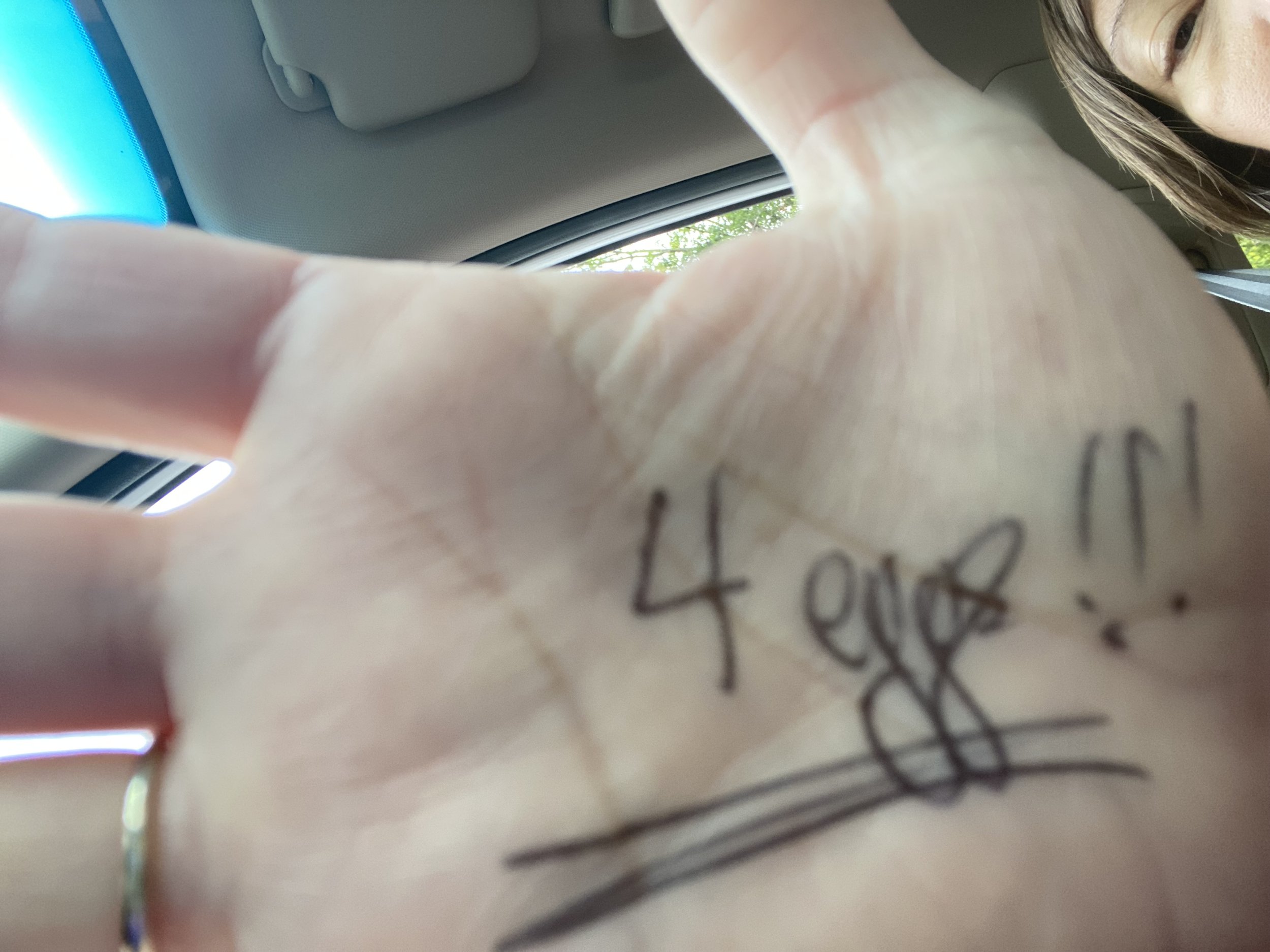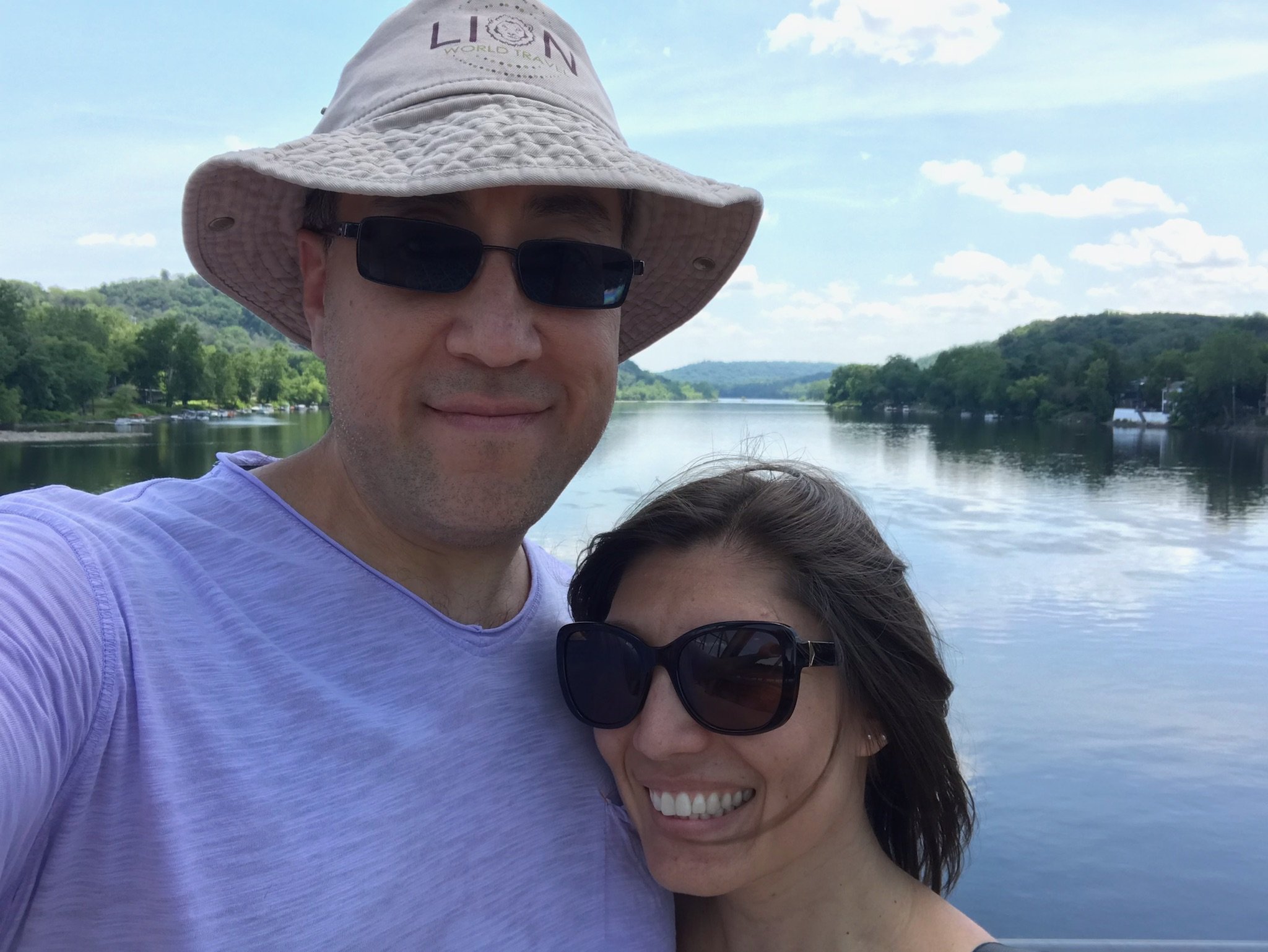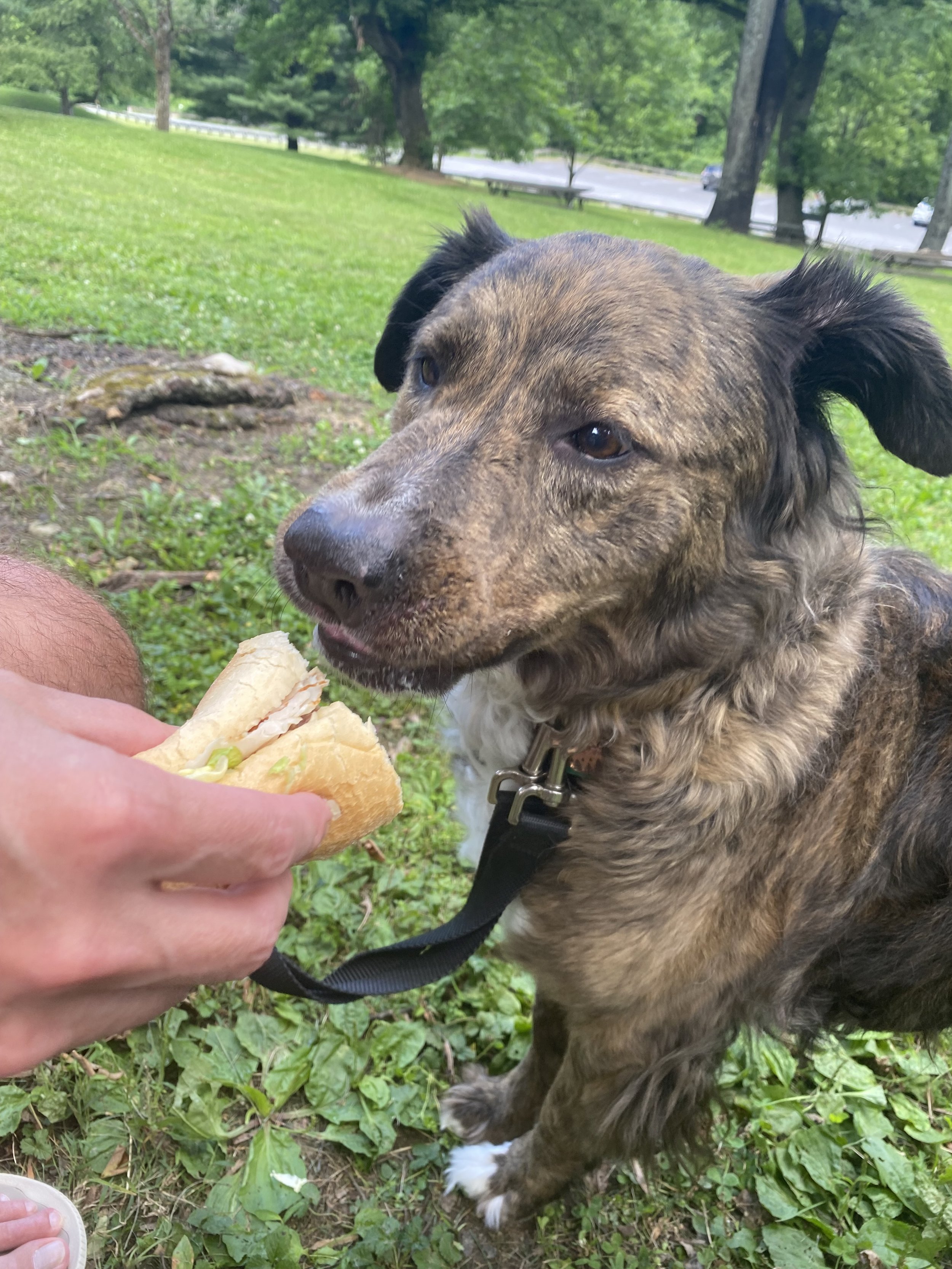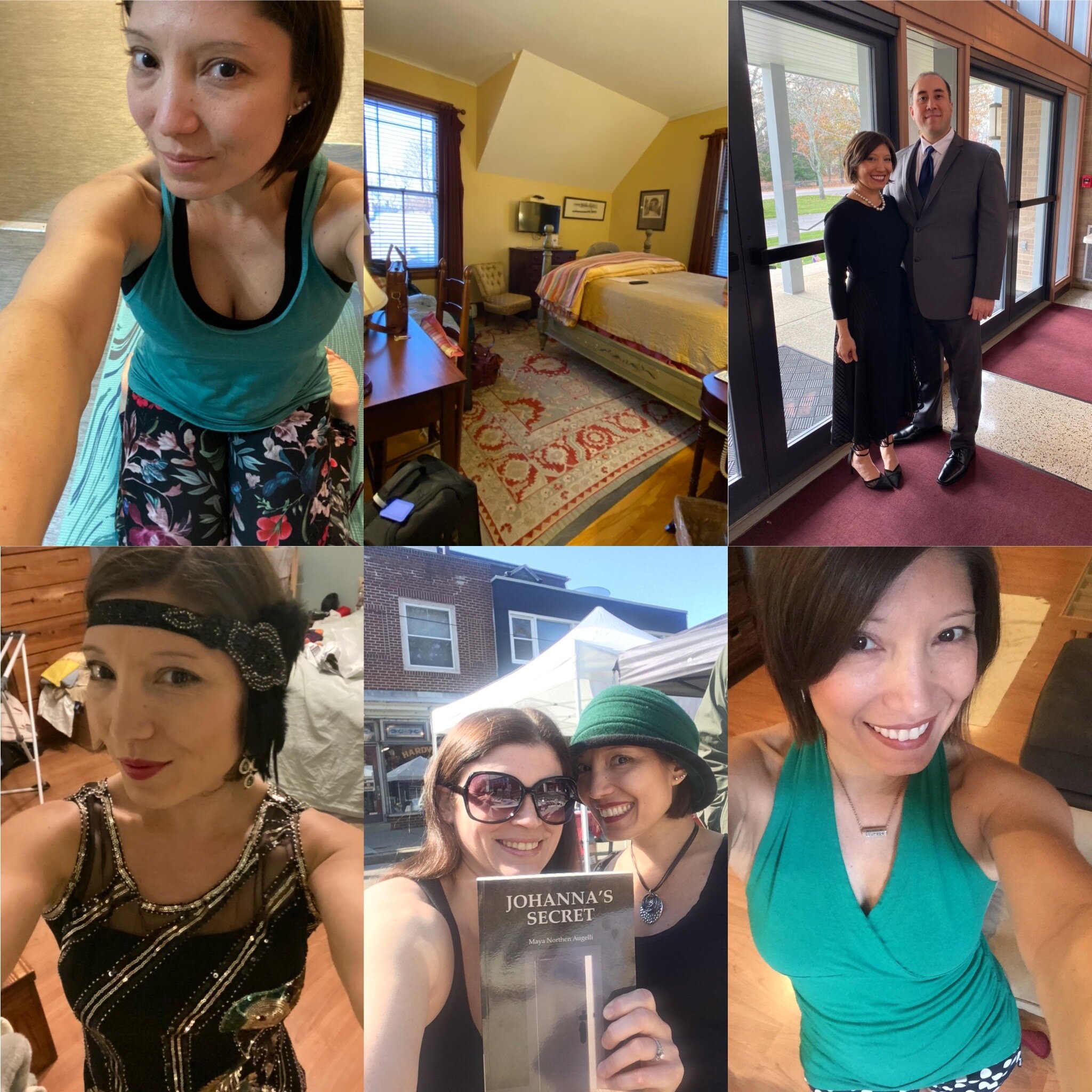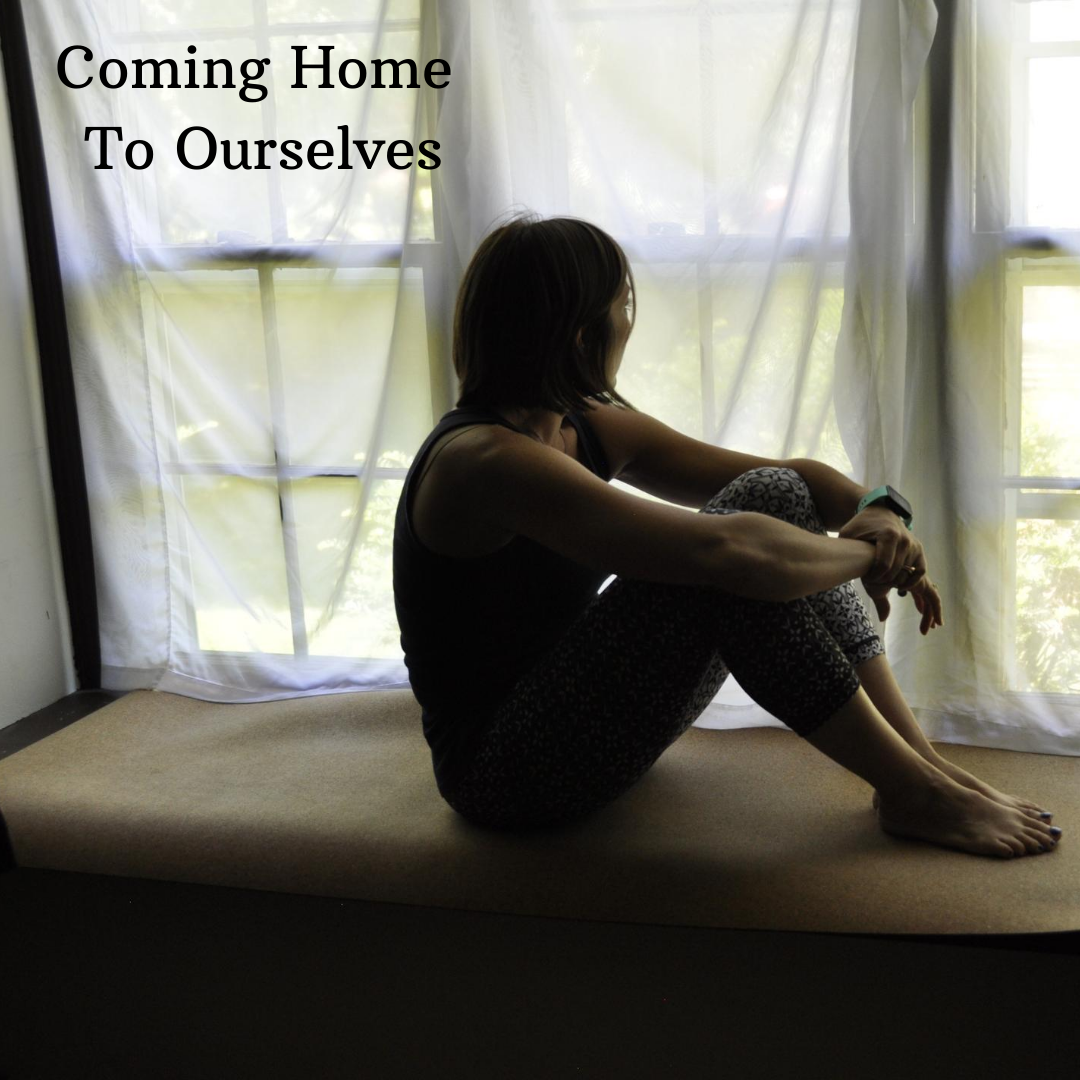2023 Year in Review
/Welcome to my once-a-year blog! Ha! I’ve not had the opportunity, or to be honest the inspiration, to blog much lately. I’ve been in an in-between phase with, well, life basically, and as someone who is really driven to write by passion and what I’m feeling immersed in at the moment, the in-between stage proves to be a not super effective muse. Additionally, until about September, I was partaking in weekly Storyworth responses, which scratched the writing itch, so to speak (if you’re not familiar with Storyworth, it’s pretty cool - check it out here. I promise this isn’t sponsored). Still, this annual tradition of a “Year in Review” post is something I enjoy. Not only is it a nice way to wrap up the year, it’s good for perspective. In some instances, it helps to remind me of the positive things that happened throughout the year, which can be important if I’m struggling in other areas. In other cases, it helps me to give myself a little space, ease, and grace, reminding me of some of the really challenging and difficult moments I’ve gotten through, which can help me better process what I’m feeling and be a little less hard on myself if everything hasn’t gone exactly as I’d hoped.
The below highlights are in no real particular order, other than trying to start on a positive note. Also, I think it’s important to mention here that there were so many little moments that might not make the blog post, but are everything in the day to day - laughs with friends, support from loved ones, family traditions, Brian and I cracking ourselves up with the life stories we make up about Grace as if she were a human, those types of things. The big moments are important for what they are of course, but without these seemingly little moments in everyday life, the time in between the big moments - which is most of life, really - would be way less meaningful and enjoyable.
House Guests
In February 2023, our good friend from Colorado came out to the area and stayed with us for about nine days. He was our first overnight house guest in this house, despite us having lived here for almost two years at that point, and it was great to have him here. It was a super low key visit, which is exactly what we all wanted. We ordered take out, frequented our favorite local coffee shop, went to get Mr. Softee (an ice cream stand) in our pajamas, which everyone knows is really the only appropriate way to go to Mr. Softee. He and my husband took some day trips (I had to work), and really, just got to spend quality time together. There was a ton of great convo, silly antics, and laughs, which is exactly what spending time with those close to you should be.
The weekend before Fourth of July, couple friends of ours who had been living in Massachusetts for the past couple of years (but originally from this general area) came to visit. We’re all big into games, so we played some board games, went to the game store, went to a local arcade. We had a pool day at our house, nice meals out and good take out, and just got to enjoy catching up in person and all spending time together. It was so nice to get to spend the holiday weekend in a fun and relaxed way with close friends. No pressure for big parties or gatherings, late nights out, anything extravagant, which is exactly my kind of holiday weekend!
Vacation/Travel
After three plus years of staying mostly local, doing staycation and the occasional weekend road trip, we took TWO vacations this year! The first was our trip to Maine in May. It’s the only state on the East Coast that I hadn't been to, and also one of the US States I’ve most wanted to visit. It exceeded expectations. We rented a VRBO on the Schoodic peninsula, and it was perfect. Completely not touristy, surrounded by nature, quintessential Maine. We ventured around the Schoodic, into Acadia National Park, walked around Bar Harbor, found our favorite local spots to eat in the small nearby town of Winter Harbor, explored the cute town of Ellsworth where we had Sri Lankan food for the first time, visited some historical sites, went out into Bangor for an afternoon. On the way up, we also got to see some friends from Maine that we haven’t seen since pre-pandemic, which was so much fun. Everything about the trip was fantastic. It gave Brian and I time to really connect without the day to day obligations of work and home and groceries and chores and all of those normal life things that tend to fill up the time without you even realizing it. For me, my pull to nature increased tenfold. I was drawn toward the idea of rewilding,and it’s had some lasting impact on my life - I’ve been diving into connecting with the elements, the lunar cycle, seasonality, and more, and I love exploring this.
Brian and I on the Schoodic Pensinsula in Maine
The second trip was to Denver for the wedding of my friend Bri (also a Brian but that’s confusing and I’ve always called him Bri), who is one of my absolute best friends and favorite people on this planet. We also got to visit the first house guest friend mentioned above and his family, who live in the Denver area as well. The flight to Denver was our first flight since 2018!! In 2019 our vacation was a road trip to New England, and then 2020 happened and we know how that played out. We hadn’t felt comfortable being on a plane until quite recently. Plus with all of the IVF stuff over the past few years (more on that to come) we really couldn’t be a plane ride away from the fertility clinic. But we got our Covid boosters and I masked up and we went to Denver and it was amazing! I forgot how much I loved the mountains and the area in general. It was wonderful to see everyone, and my happiness level at being able to share in my friend’s wedding is something that still nearly chokes me up as I write this.
we Clean Up Ok! At my Friend’s wedding in Colorado.
Health Stuff
Super descriptive writer-y subheading, right? Some of this isn’t mine to share, and so I won’t go into detail, but let’s just say there were multiple scares we were not expecting in both my nuclear and extended family, and they were some doozies. Everyone is on the mend-ish, but whew.
As for me, I learned that I have trauma-induced arthritis in my left big toe (high five for my 3rd type of arthritis!). I've been having pretty severe pain in my toe, to the point that I can’t really bend it since, February of 2022 (yep, not this year, last year!). I’ve gone to numerous doctors during that time, and it wasn’t until I went to a reconstructive orthopedist in November that anyone confirmed that I had, at some point, broken my big toe. It’s healed now, but in the meantime, because of how it healed, I developed what he called trauma-triggered arthritis in the knuckle of my big toe. He did another cortisone injection (the podiatrist did one last year that didn’t work at all). If the injection doesn’t work, he said the only other option would be to fuse the knuckle of my big toe. This is obviously not ideal, and I’m going to do everything I can to prevent this, which I’ll admit probably means just dealing with the pain until it gets bad enough that I can’t. I go back on January 4th for a check up. I was supposed to go back last week, but got hit with a terrible migraine attack.
Which brings me to, migraine attacks. I’ve had migraine for years - since I was a teenager. The frequency ebbs and flows, but it’s rarely more than once a month. About 12 years ago, I had episodes where the left side of my face and my left arm would get weak and heavy with the flare. I got increased dizziness and disorientation, even moreso than usual. I went to numerous doctors including a neurologist. I had a brain MRI, bloodwork, EKG, the works. They found nothing. It’s thought that I likely experience a “mild” form of hemiplegic migraine. I say mild because hemiplegic migraine can mimic a stroke, with symptoms like slurred speech, and mine don’t get quite that intense, at least so far. But it’s far from mild feeling when it’s occurring. I seem to get them in clusters of time, and haven’t had one for years. This month though, my migraine attack frequency has increased, among them an attack that feels like the hemiplegic type. In addition the presentation of the attacks has changed a bit. I’m getting increasing GI symptoms during and after the attack, and while previously I’d usually have some indicator a few days before, like a mild “sour stomach", they’ve been hitting out of almost nowhere. I’ll have what feels like a mild sinus headache, and then bam, searing pain that moves to just over my left eye and radiates down my face, disorientation and dizziness, weakness, nausea, vision trouble, light sensitivities (which I also previously never had) all within a matter of minutes, followed by GI pain and cramping. I have an appointment with my GP on Friday so we’ll see how that goes - it’s been a long time since I’ve been to a headache specialist and I have an HMO so need a referral anyway, which means GP is the first stop. I’ll likely not get answers on Friday, but fingers crossed I can get guidance on next steps.
An End of a Yoga Era
Ok, so maybe four years doesn’t constitute an era, but it kind of feels like it. Shortly after I got my Yoga Teacher certification, I began a yoga benefit class. It was sponsored by my mom’s firm, and it benefited the organization Kids’ Chance of NJ (great organization, check them out!). It was a weekly all-levels flow class held at my mom’s firm on Tuesday evenings. When the pandemic hit, we moved it virtual, and it’s been virtual ever since. At the end of this month, my mom is retiring (yay, congrats!!) and as she’s been essentially our liaison with both the firm and the organization, the partnership with Kids’ Chance will come to an end. Both the firm and the organization have been amazing partners. The class was my first regular yoga class after graduating YTT, and I’m so grateful and honored that they trusted me to begin this benefit yoga program, and for everyone that participated and worked to make it happen/sustain it. Over the past four plus years, we’ve been able to practice yoga together (or virtually together) and raise money for a wonderful organization, and that means so much to me. I held my last official Yoga to Benefit Kids’ Chance earlier in the month. I’ll still continue to teach my Tuesday yoga class, but it’s in an in-between stage right now. I’m looking into other potential local organizations to partner with, and also just taking the opportunity to step back and see what the best path might be for this class moving forward. Shameless self plug, I’ll have my January schedule up soon, and you can sign up for classes here (they’re still all virtual).
Grace “Doing Yoga” is way cuter than me doing yoga so here you go.
Self Worth & Healing Work
This could probably just have a permanent place of honor in my year end review posts. I’m continually working on my self worth and my own healing. This year though, I took a new step. I was introduced by someone close to me to a program called To Be Magnetic (again, not sponsored, just giving acknowledgement where it’s due). I’ll be transparent in saying that it took me a while to sign up, because the word “manifestation” in the description got me. The word brings to mind, as it likely does for many, lots of toxic positivity vibes. But what this program is really about is healing. It’s getting back to your authentic self, the self you’d be without all of the societal programming and everyone else’s “shoulds”, to who you truly are at your core- something I’ve been struggling with for quite a while. It’s about understanding where you’re blocking yourself, essentially getting in your own way, and where you’re acting from feelings like hurt and shame and fear and low self worth, instead of your authentic self. I recognize a lot of crossover between the TBM work and my work with my therapist, who I’ve been going to for over 15 years, and it all really feels so intrinsically “right”, for lack of a better word. In December, they had a 6-week challenge that I just completed, and I’m starting to notice subtle shifts. That’s the thing that I actually really love about this program. It’s not telling you to drop everything and quit the job that pays your bills and puts food on the table without a plan. It’s all about small changes within the self and how we interact in the world that add up to bigger changes over time. I should add here, because this was also a big concern for me before signing up, that the program acknowledges things like systemic oppression, racism, discrimination, and so many other factors that often get ignored due to privilege. It’s not claiming that you can overcome things like these by “thinking positively” - there’s actually no “thinking positively” involved at all.
The reason I’m going on and on about this program is that it has given me something that I feel I can do daily or semi-daily in which I’m actively making progress in my self worth and in feeling authentically like myself. As much as I love my therapy sessions, I often feel like I’m in a rut in between them. Anyone that knows me knows that I’m great at the big picture/long range dream, and I’m good at getting organized and doing the things that I have to do daily. It’s that middle ground, that figuring out what I have to do daily, that is tricky for me. And this gives me guidance. I’m excited to see how I continue to grow as I continue this program into 2024.
IVF
If you’ve made it this far, you’re probably surprised that this has yet to be mentioned. This past year or so, we have been in kind of a holding pattern. We ran into some unexpected issues this time last year and had to address those before knowing how we could continue. A few weeks ago, we finally got cleared to move forward. We had a telehealth visit with our RE about next steps. We just have to do our annual blood work since it’s been over a year since we did it and assuming nothing out of the ordinary - which is a big assumption in this process because it feels like there’s always something tripping us up - we’ll be able to move forward and I can start my prep. I’m cautiously hopeful. At this point in the journey, thinking “here we go I’ll be pregnant in no time” would be naive and quite likely set me up for disappointment. But I do have some hope. Part of it’s my knowledge of the process, part of it’s my nature. Once we (fingers crossed) get past the bloodwork part, we’ll be at a point we have never gotten to before, and that alone feels hopeful. We have a great support network, between family and friends and loved ones, and I’m part of an infertility support group that has helped me get through this past year of limbo. I’ve put this update last because I wanted to end on this note. While I try not to let infertility define me/us/life, it has been the elephant in the room for the past few years. While obviously I’d love to have more definitive, overtly exciting news on this front, I’ll take the cautious hopefulness where I can get this.
I’m moving into 2024 with the idea of slow and steady. I spent years in my 20s and 30s making massive changes and actions, everything feeling larger than life. I was super busy, always on the go, involved in everything. And at the time, I think that’s what I needed. It helped to get me here. But now, in my (gulp) mid-40s, that’s not what I’m craving, and I don’t think it’s what I need. That doesn’t mean I want to just sit on the couch with a book for days (ok, sometimes I do), but it means I’m giving myself more space, softness, ease, and grace (not to be confused with Grace, already quite present!). I recognize that instead of bold and overt, I want to cultivate a quiet confidence and self-worth. Rather than making huge leaps, I’m loving seeing steady progress - though obviously in some things, like fertility treatment, you’re going for the huge leaps aka it working, since that’s the whole point. I still love exploring and discovering, and don’t get me wrong, I still enjoy an occasional adrenaline rush. But what I’m more and more drawn to is discovering the beauty, harmony, and magic in life, in people, in the universe. I’m looking forward to approaching 2024 through this new lens, and seeing where it takes me.




